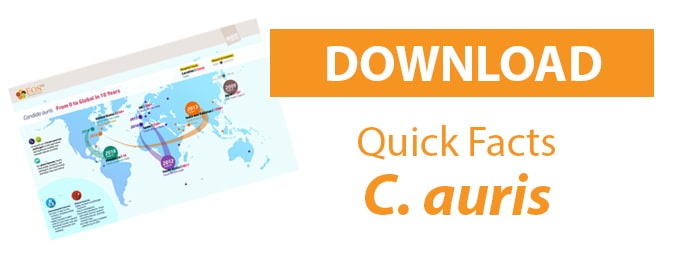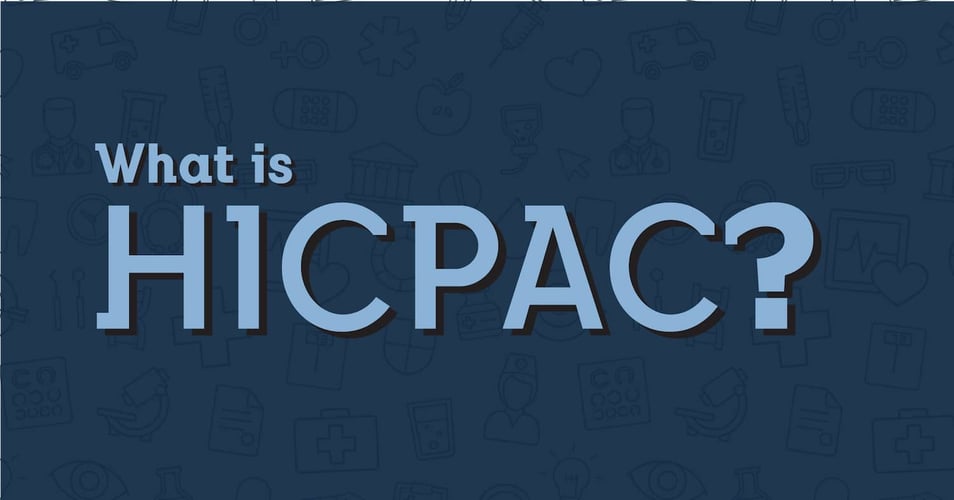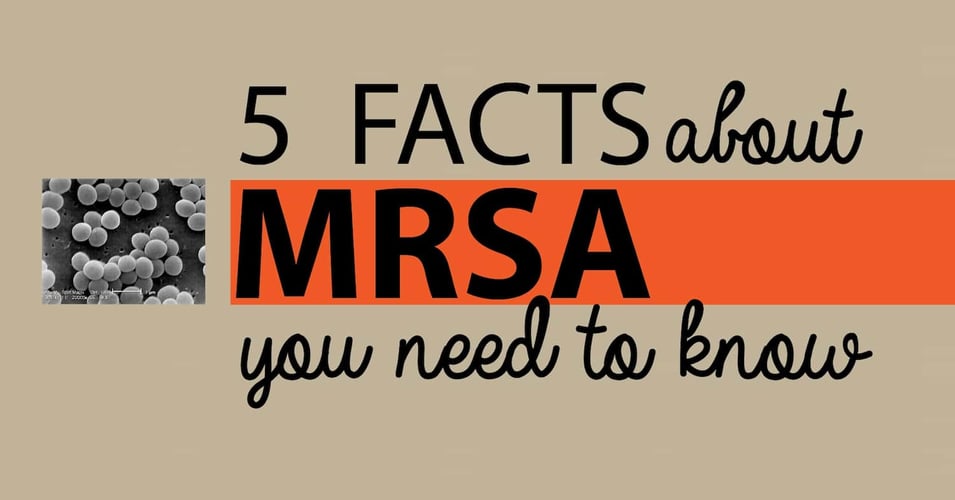A Fungus Among Us: Candida During COVID-19

We were making progress against an emergent pathogen long before the newest novel pathogen brought everything to a standstill. Starting a decade ago, health care facilities identified a new superbug, a variant of the Candida auris species of fungus that was lethal and pernicious. Through careful screening and cleaning protocols, we were beginning to see progress in the spread of this pathogen, but then COVID-19 hit. With all our attention on preventing and treating this novel coronavirus, this fungus has been among us, spreading opportunistically through nursing homes and intensive care units. How can we eject this fungus, once and for all?
We have covered this emerging pathogen before on this blog. In short, it's a variant of the Candida albicans, a common source of hospital-associated infections (HAIs) in the US and globally. Unlike C. albicans, C. auris does not respond to standard antifungal medications, and results in a 60-70% fatality rate if acquired. While targeted screening can identify the presence of the fungus on patients before they get infected (it often lives on the skin doing no harm until it gets into the body), you have to be looking for it; standard fungus swab testing will identify it as the superbug variant. Most dangerous to elderly populations, fungus outbreaks have affected nursing homes and long-term care facilities worldwide. This is a challenging pathogen under normal circumstances, not to mention during a global pandemic.
When COVID-19 cases began to overwhelm hospitals, changes had to be made to allow more time and focus to be on patient treatment. One of those changes was the relaxing of reporting protocols, the collection of HAI cases for internal reporting as well as submission to federal HAI databases. When reporting stopped, hospitals and other facilities were no longer able to track their HAI cases as well, leaving them vulnerable to outbreaks. These outbreaks may have paled in comparison once the crush of COVID-19 patients arrived, but C. auris remained and flourished in this environment. We are only now able to see the growth of these fungal infection cases, as surveillance and reporting have started to come back on-line.
Several key factors have led to this troubling rise in C. auris during the pandemic. Fungi are opportunistic, meaning that they can cling to skin, textiles, and surfaces for a very long time, just waiting for the right environment to reproduce. So fungi that are passed from patient to healthcare worker and to surfaces and back to patients just had to wait for the right time to find a hospitable environment. And this environment? Fungi such as C. auris thrive in dark, damp environments. These include ventilators, one of the key pieces of equipment used to treat COVID-19.
Another important factor leading to the spread of C. auris is the exchange of patients from one facility to another. Before the pandemic, screenings for emerging and dangerous pathogens, including superbugs like C. auris, would take place before a patient was transferred. During the crushing demands for space and medical treatment of the pandemic, patients were transferred without these tests, meaning that they could bring a pathogen into their new environment, where it could spread. Several recent C. auris outbreaks have been traced back to patient transfers, and have led to fatalities.
So what is the solution? As things calm down from the pandemic peaks, the reuse of personal protective equipment (PPE) should be eliminated, and screening tests should resume. Additionally, re-establishing lines of communication between facilities during patient transfers should be a priority. But C. auris and other superbugs are notoriously difficult to eradicate since they are able to survive in dry environments for a very long time. One solution is the preventive installation of biocidal materials that can continuously reduce contamination, reducing the risk of pathogen transmission. With these steps in place, we can work together to eject this menace once and for all.
![EOScu Logo - Dark - Outlined [07182023]-01](https://blog.eoscu.com/hubfs/Eoscu_June2024/Images/EOScu%20Logo%20-%20Dark%20-%20Outlined%20%5B07182023%5D-01.svg)





